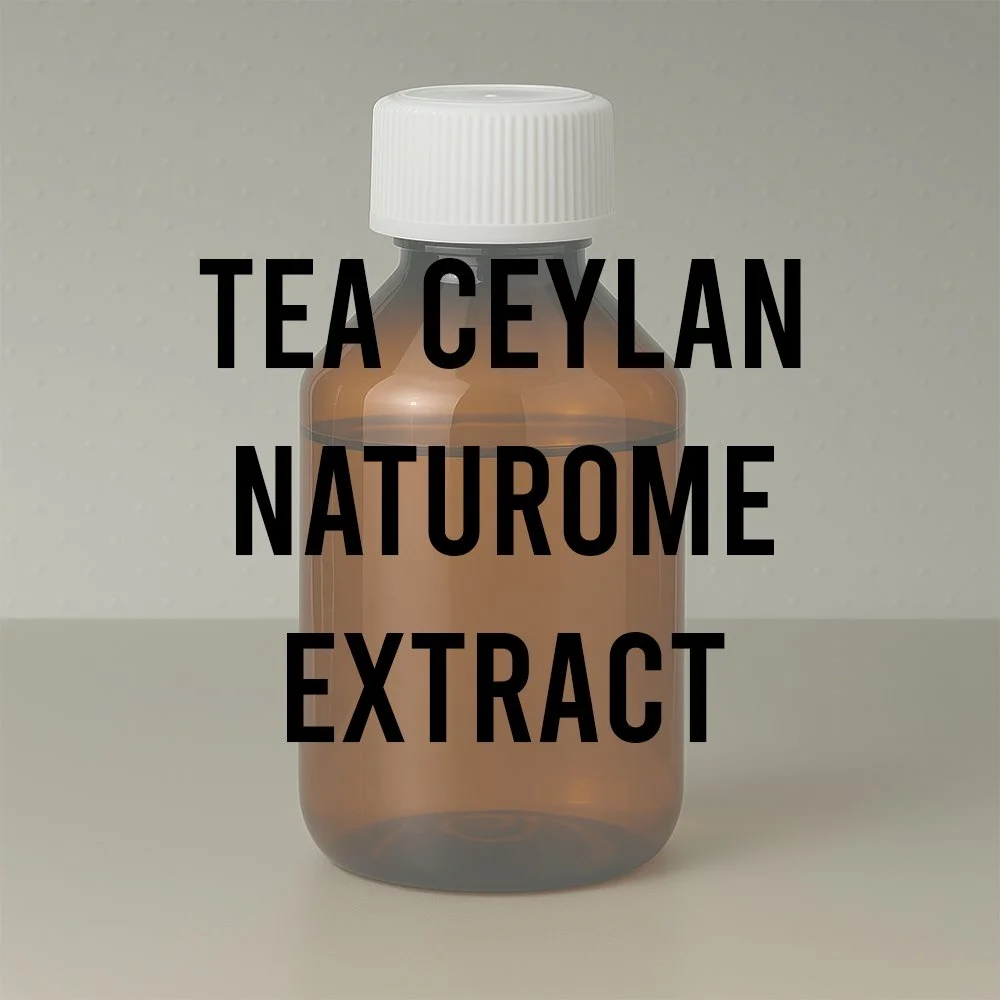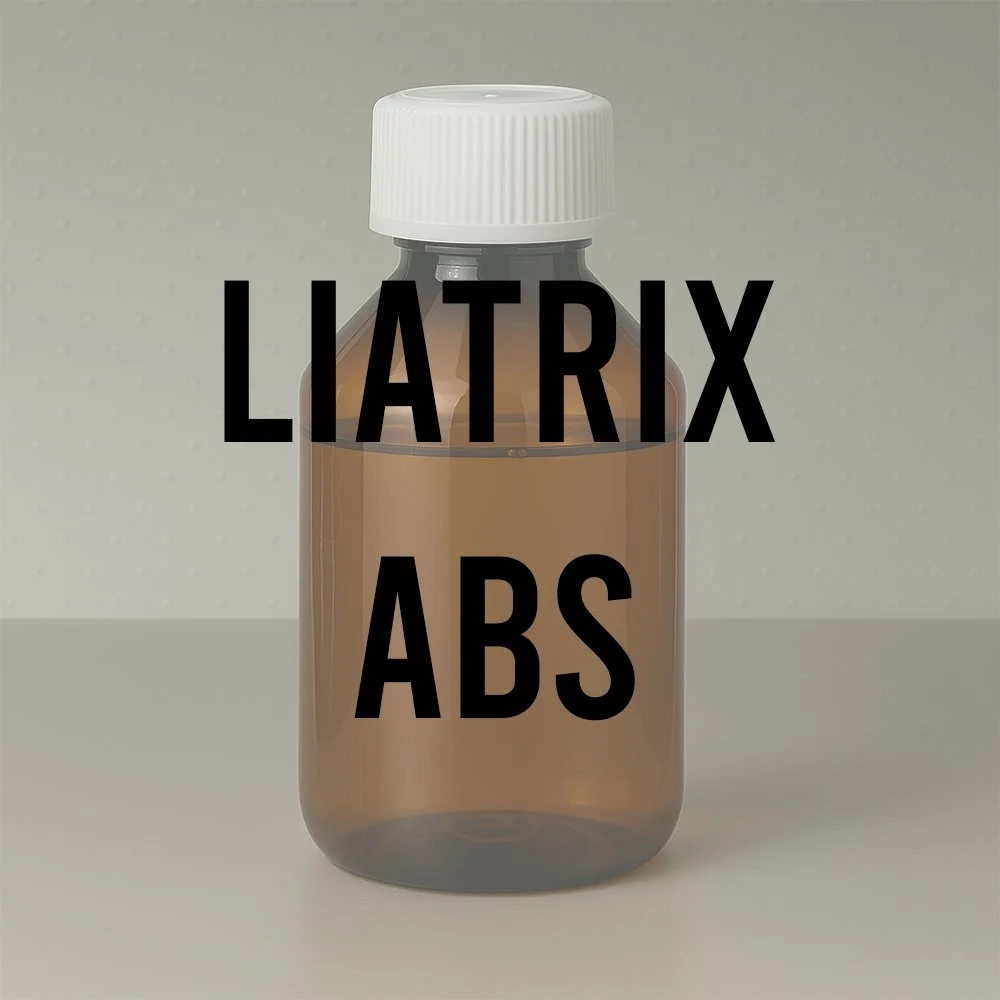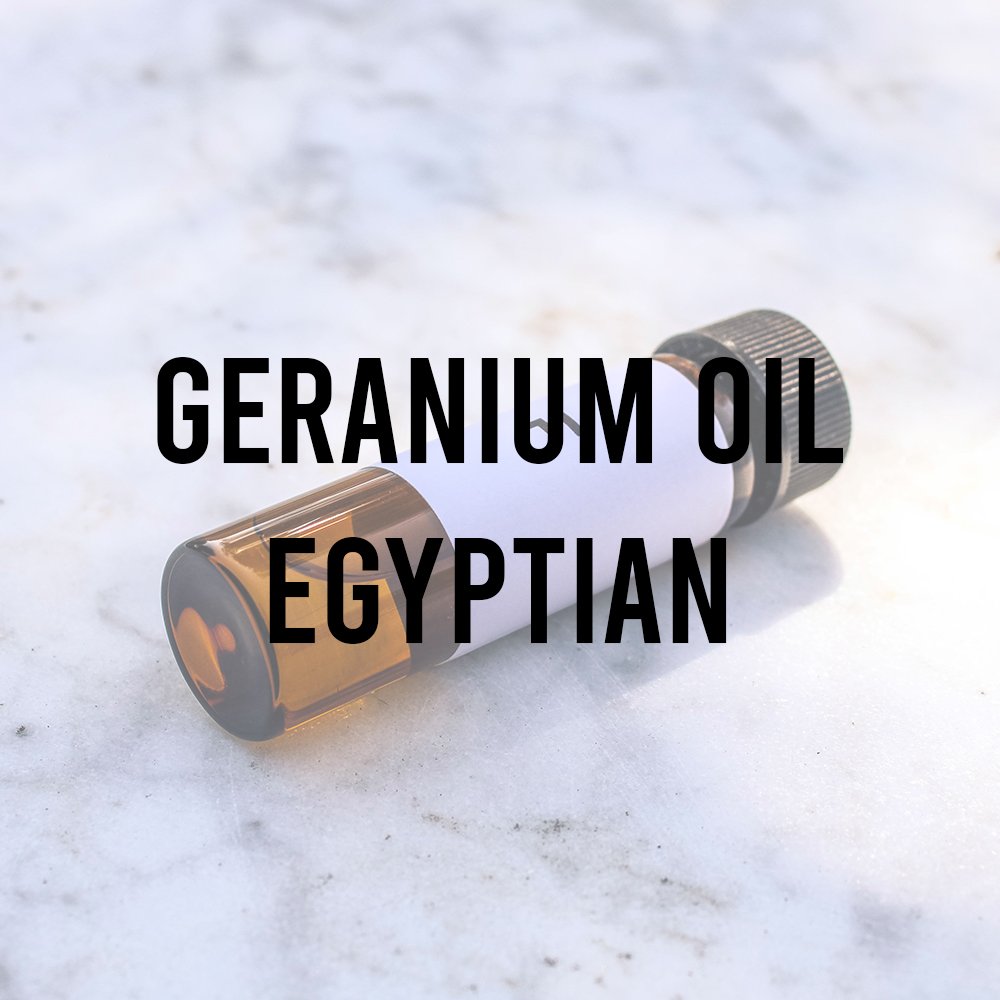Clove Bud Oil Technical Ingredient Overview
🔎 Chemical Name — Clove Bud Oil; Oil of Clove Buds
🧪 Synonyms — Eugenia caryophyllata flower bud oil, Syzygium aromaticum bud oil, Oil of Cloves, Caryophylli Flos Oil, Nelkenöl (German)
📂 CAS Number — 8000-34-8
📘 FEMA Number — 2323
⚖️ Molecular Weight — Complex natural mixture (primary constituent eugenol: 164.20 g/mol)
📝 Odor Type — Spicy, warm, aromatic
📈 Odor Strength — Very strong; Minimum Perceptible: 0.15–0.30 mg%
👃🏼 Odor Profile — Intensely sweet-spicy with characteristic clove warmth, fruity-fresh top notes, subtle acetic undertones, pleasant aromatic quality with subdued eugenol sweetness, distinctly different from clove leaf or stem oils
⚗️ Uses — Fine fragrance composition, flavor applications, pharmaceutical preparations, dental products, perfumery materials, antiseptic formulations
🧴 Appearance — Yellow to brown, occasionally slightly viscous liquid; clear and mobile when fresh; darkens with age; turns dark purple-brown on contact with iron
What is Clove Bud Oil?
Clove Bud Oil is a natural essential oil obtained through water distillation or steam distillation of dried flower buds from Syzygium aromaticum (syn. Eugenia caryophyllata), a tropical evergreen tree belonging to the Myrtaceae family. The oil represents one of the most economically significant essential oils derived from stable botanical material that is transported thousands of miles from growing regions to distillation facilities in Europe and North America.
The oil is characterized by its high eugenol content (75–85%), complemented by eugenol acetate (8–15%) and caryophyllene (2–7%), along with trace constituents including lower aliphatic ketones, acetic acid traces, methyl salicylate, vanillin, furfural, and other minor aromatic compounds (Arctander, 1960). Unlike clove leaf or stem oils, clove bud oil contains substantial aceteugenol, which significantly contributes to its refined olfactory character and flavor profile.
The distillation yield from dried clove buds typically ranges from 15–20%, though this varies based on bud quality, distillation methodology, and operator efficiency. Water distillation is preferred over steam distillation because it minimizes hydrolysis of the naturally occurring aceteugenol, thereby preserving the oil's characteristic aromatic complexity.
Historical Background
Clove buds have been traded for over 2,000 years, making them one of the earliest known spices in global commerce. The clove tree is indigenous to the Molucca Islands (Spice Islands), particularly Amboyna, in the eastern Indonesian archipelago, where cultivation dates back at least two millennia.
In the early 16th century, Portuguese sailors discovered the Moluccas and established a crown monopoly over the global clove trade. This monopoly shifted to the Dutch East India Company (VOC) in 1605 following the Dutch capture of Ambon. The VOC maintained strict control over clove production using severe measures to protect commercial interests, making cloves among the most valuable commodities in world trade.
The Dutch spice monopoly ended in the 1770s when French horticulturalist Pierre Poivre obtained clove seeds from the Moluccas and established plantations in Mauritius and Réunion. Subsequently, cultivation expanded to Madagascar, Zanzibar, Tanzania, and other tropical regions.
Clove bud oil distillation developed as a distinct industry separate from the spice trade. Notably, no clove bud oil is produced in the growing regions themselves; dried buds are exported to European and American distilleries for processing. This practice emerged due to technical expertise requirements and quality control standards for essential oil production (Arctander, 1960).
The genus name Eugenia honors Prince Eugene of Savoy-Carignano, a field marshal in the Holy Roman Empire army. Essential oils from plants in this genus were among the first sources used to isolate eugenol, one of perfumery's most important aromatic compounds.
Olfactory Profile
Scent Family
Spicy-Aromatic. Clove bud oil belongs to the phenolic-spicy olfactory family, characterized by warm, penetrating aromatic qualities derived primarily from eugenol and its esters.
Main Descriptors
The olfactory profile of clove bud oil exhibits:
Primary character: Sweet-spicy with characteristic clove warmth
Top notes: Fruity-fresh nuances with subtle acetic brightness
Heart: Rich, full-bodied aromatic spiciness
Base: Warm, slightly woody-balsamic undertones
The oil demonstrates a refined complexity absent in clove leaf or stem oils. Trace aliphatic ketones contribute peculiar fruity-fresh top notes, while minute acetic acid levels provide refreshing lift. The eugenol character appears subdued and sweetened compared to isolated eugenol or lower-quality clove oils (Arctander, 1960).
Intensity
Very Strong. Clove bud oil ranks among the most powerful natural aromatic materials. The Minimum Perceptible threshold is 0.15–0.30 mg%, indicating extraordinary olfactory potency. Suggested use levels in flavor applications range from 1.00–3.00 mg%, with significant variation depending on specific application requirements.
Tenacity
Excellent. The high eugenol content and sesquiterpene constituents provide remarkable substantivity. Clove bud oil demonstrates persistent aromatic presence throughout fragrance development, contributing to both mid and base notes.
Volatility
Middle to Base Note. Despite its initial aromatic impact, clove bud oil functions primarily as a middle to base note ingredient. The phenolic eugenol component exhibits moderate volatility, while heavier sesquiterpenes and esters contribute lasting power.
Fixative Role
Clove bud oil provides moderate fixation properties, particularly enhancing the longevity of floral and spicy compositions. Its phenolic structure and sesquiterpene content contribute to substantivity in fragrance formulations.
Applications in Fine Fragrance
Clove bud oil serves multiple roles in perfumery compositions:
Carnation Bases: The oil is fundamental to carnation fragrance reconstruction, blending with eugenol derivatives (aceteugenol, methyl eugenol, isoeugenol), vanillin, and ethyl vanillin to create the classic carnation accord.
Floral Enhancements: Surprisingly effective in floral bases, clove bud oil adds natural richness and body to rose, honeysuckle, ylang-ylang, cananga, and deep-sweet floral types. The non-phenolic notes contribute spicy yet fresh-floral nuances with remarkable diffusive power.
Oriental Compositions: Essential to Oriental fragrance types, the oil provides characteristic warmth and exotic spice character. It blends excellently with labdanum, benzoin, vanilla, patchouli, and amber materials.
Classic Accords: The historic "rondeletia" perfume type combines clove with lavender oils. Modern interpretations incorporate lavandin, sage clary, bergamot, bay leaf, and pimenta berry oil.
Aromatic Fougères: In masculine and aromatic compositions, clove bud oil contributes spicy warmth and complexity, particularly effective in woody-aromatic and spicy-fresh structures (Arctander, 1960).
Performance in Formula
Clove bud oil demonstrates specific blending characteristics:
Synergistic Pairings: Exceptional compatibility with ylang-ylang, cananga, rose, cassie, narcissus, lavender, bergamot, and various citrus oils. Creates interesting modifications in floral bases, lending unexpected twists to traditional floral constructions.
Concentration Considerations: Due to intense aromatic power, clove bud oil requires careful dosage. Small amounts (often less than 1% in fine fragrance) produce significant olfactory impact.
Stability: The oil is stable in most formulations but may discolor in the presence of alkali or iron, producing brown to purple-violet coloration. This limits its use in white soap formulations unless color is masked.
Solubility: Readily soluble in alcohol and other typical perfumery solvents. Compatible with most natural and synthetic fragrance materials.
Industrial & Technical Uses
Flavor Industry: The largest application for clove bud oil is in flavor work, where it appears in:
Spice blends and seasonings
Pickles and condiments
Canned meat products
Baked goods and powder cakes
Ready-made food mixes
Chewing gum (in combination with other essential oils)
Candy and confectionery
Pharmaceutical Applications: The oil's antiseptic properties make it valuable in:
Mouth washes and gargles
Dentifrices and dental preparations
Pharmaceutical formulations
Topical antiseptic preparations
Eugenol Isolation: While clove leaf oil is the preferred source for commercial eugenol extraction due to economics, clove bud oil can serve as a high-quality eugenol source when required.
Technical Specifications:
Density (d²⁰₂₀): 1.042–1.063
Refractive Index (n²⁰_D): 1.5280–1.5380
Optical Rotation (α²⁰_D): -1.5° to 0°
Phenol Content: 85–93%
Eugenol (by GC): 75–85%
Caryophyllene: 2–7%
Eugenol Acetate: 8–15%
Regulatory & Safety Overview
IFRA Status
Clove bud oil is subject to restrictions under IFRA Standards due to its eugenol content. Eugenol is regulated under IFRA Amendment 51, with specific maximum use concentrations established for different product categories based on dermal sensitization considerations. Natural Complex Substances (NCS) like clove bud oil must be evaluated based on their constituent profiles, with restrictions calculated according to eugenol and other restricted component concentrations.
Reference: IFRA Standards Library - Amendment 51 (https://ifrafragrance.org/standards-library)
EU Cosmetics Regulation
Under European Regulation 2023/1545 (effective August 26, 2023), clove bud oil components are classified as allergens. Eugenol presence must be declared on product labels when concentrations exceed:
0.001% in leave-on products
0.01% in rinse-off products
The oil is listed in the EU Cosmetic Products Regulation Annex III (Restricted Substances) and must comply with established concentration limits.
FEMA Status
FEMA Number: 2323
Clove bud oil is affirmed as Generally Recognized As Safe (GRAS) under its intended use conditions as a flavoring ingredient. The FEMA Expert Panel has evaluated the safety of clove-derived flavoring ingredients, including clove bud oil, confirming GRAS status based on comprehensive safety assessment (Gooderham et al., 2020).
Reference: FEMA GRAS assessment published in Food and Chemical Toxicology, Volume 145, Article 111585.
Toxicology
Acute Toxicity: The acute oral LD₅₀ in rats is reported as 2.65 g/kg (range: 2.18–3.12 g/kg). The acute dermal LD₅₀ in rabbits is approximately 5 g/kg. These values indicate relatively low acute toxicity when used appropriately.
Dermal Irritation: In closed-patch testing on human skin, 20% clove bud oil in petrolatum caused primary irritation or erythema in 2 of 25 subjects. Lower concentrations (2% or 5%) produced no reactions, indicating good skin tolerance at typical use concentrations (Opdyke, 1975, as cited in Cornell FIFRA 25b profile).
Sensitization: Clove bud oil can cause contact sensitization in susceptible individuals, primarily due to eugenol content. Proper dilution is essential for topical applications.
Safe Use: All clove oils are safe for internal consumption when used as flavoring agents at appropriate concentrations. Clove bud oil contains the lowest eugenol percentage among clove oils (bud, leaf, stem) and is considered the least toxic of the three varieties.
Market & Production Information
Global Production: Annual world production of clove bud oil fluctuates between 300–500 metric tons, corresponding to distillation of 2,100–3,500 metric tons of dried clove buds—representing 10–15% of total annual clove bud production. Production volumes vary significantly with clove bud pricing, which is heavily influenced by Indonesian demand for kretek cigarette production (where cloves comprise up to 8% of tobacco content).
Geographic Sources:
Madagascar: Produces approximately 50 tons annually
Zanzibar: Historical major producer
Comoro Islands: Emerging production region
Indonesia (Amboyna): Premium-grade buds, typically sold as whole spice rather than distilled
Pricing: Clove bud oil is the most expensive of the three clove oils (bud, leaf, stem). Pricing reflects:
Higher raw material costs (premium dried buds)
Lower distillation yields compared to leaf or stem
Superior olfactory quality for perfumery and flavor applications
Limited adulteration potential due to absence of commercial synthetic eugenol production
Quality Considerations: The quality of clove bud oil cannot be judged solely by eugenol content. Trace constituents—particularly lower aliphatic ketones, esters, and minor aromatic compounds—are critical to authentic clove bud character. Superior oils demonstrate refined, sweet-spicy profiles distinct from the harsher, more phenolic character of clove leaf or stem oils (Arctander, 1960).
References
Arctander, S. (1960). Perfume and flavor materials of natural origin. Elizabeth, NJ: Steffen Arctander.
Gooderham, N. J., Cohen, S. M., Eisenbrand, G., Fukushima, S., Guengerich, F., Hecht, S. S., Rietjens, I. M. C. M., Rosol, T. J., Davidsen, J. M., Harman, C. L., Murray, I. J., & Taylor, S. V. (2020). FEMA GRAS assessment of natural flavor complexes: Clove, cinnamon leaf and West Indian bay leaf-derived flavoring ingredients. Food and Chemical Toxicology, 145, 111585. https://doi.org/10.1016/j.fct.2020.111585
International Fragrance Association. (2023). IFRA Standards – 51st Amendment. https://ifrafragrance.org/standards-library
European Union. (2023). Commission Regulation (EU) 2023/1545 amending Annexes II and III to Regulation (EC) No 1223/2009 of the European Parliament and of the Council on cosmetic products. Official Journal of the European Union.
Cornell University. (n.d.). Cloves & clove oil profile. New York State Integrated Pest Management Program. https://ecommons.cornell.edu/
Opdyke, D. L. J. (1975). Monographs on fragrance raw materials: Clove bud oil. Food and Cosmetics Toxicology, 13(Suppl.), 545–547.











